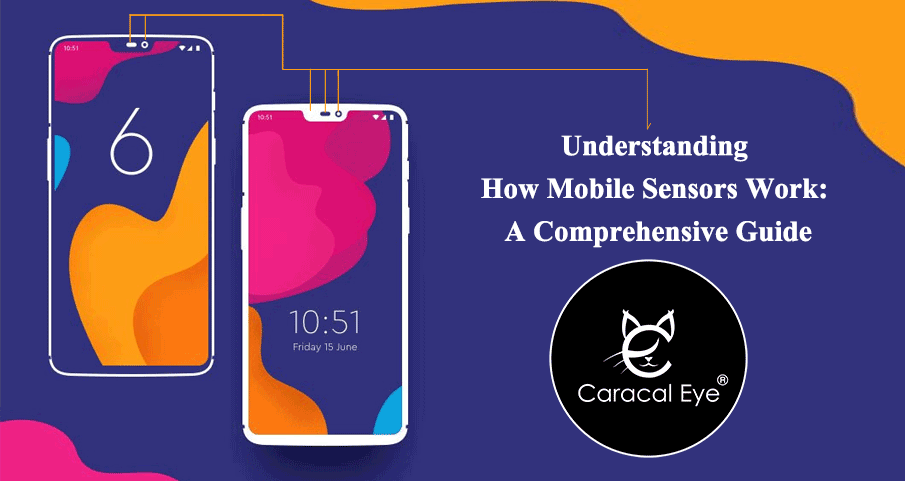
Understanding How Mobile Sensors Work: A Comprehensive Guide
Introduction (150 words):
In today’s technology-driven world, smartphones have become an integral part of our daily lives. These pocket-sized devices are equipped with an array of sensors that enable various functionalities and enhance user experiences. Mobile sensors play a crucial role in enabling features like touch input, motion detection, location tracking, and much more. In this blog post, we will explore the fascinating world of mobile sensors, how they work, and their significance in shaping the modern smartphone landscape.
Table of Contents:
What Are Mobile Sensors? (200 words)
Types of Mobile Sensors (300 words) 2.1 Accelerometer 2.2 Gyroscope 2.3 Magnetometer 2.4 Proximity Sensor 2.5 Ambient Light Sensor 2.6 GPS Sensor 2.7 Fingerprint Sensor 2.8 Barometer 2.9 Thermometer 2.10 Infrared Sensor
How Mobile Sensors Work (400 words) 3.1 Motion Detection and Orientation 3.2 Environmental Sensing 3.3 Touch and Gestures 3.4 Location Tracking 3.5 Biometric Authentication
Importance and Applications of Mobile Sensors (400 words) 4.1 Gaming and Augmented Reality 4.2 Health and Fitness Tracking 4.3 Navigation and Mapping 4.4 Security and Authentication 4.5 Environmental Monitoring
Future Developments in Mobile Sensor Technology (250 words)
Conclusion (100 words)
What Are Mobile Sensors? Mobile sensors are electronic components integrated into smartphones and other portable devices that capture data from the device’s surroundings. These sensors measure physical quantities, such as motion, orientation, light, and temperature, among others, to provide inputs for various applications and functionalities.
Types of Mobile Sensors This section will delve into various types of mobile sensors found in smartphones, including accelerometers, gyroscopes, magnetometers, proximity sensors, ambient light sensors, GPS sensors, fingerprint sensors, barometers, thermometers, and infrared sensors. Each sensor serves a specific purpose, enabling smartphones to gather valuable information about the environment and the user.
How Mobile Sensors Work Here, we will explore the underlying principles of mobile sensors and how they function. We will cover topics such as motion detection and orientation sensing, environmental sensing, touch and gesture recognition, location tracking using GPS, and biometric authentication through fingerprint sensors.
Importance and Applications of Mobile Sensors This section will highlight the significance of mobile sensors in various applications. We will discuss how sensors enable immersive gaming experiences, health and fitness tracking, precise navigation and mapping, enhanced security and authentication, and environmental monitoring for better resource management.
Future Developments in Mobile Sensor Technology In this section, we will look ahead and discuss potential advancements in mobile sensor technology. Topics such as improved sensor accuracy, new sensor integration, and emerging sensor technologies, like LiDAR and depth sensors, will be explored.
Conclusion The concluding section will summarize the key points discussed in the blog post and emphasize the vital role that mobile sensors play in revolutionizing the smartphone industry.
In conclusion, mobile sensors are the unsung heroes behind the remarkable features and functionalities we enjoy on our smartphones. Understanding how these sensors work provides insights into the technology that shapes our digital experiences. As the world continues to innovate, mobile sensor technology will undoubtedly continue to evolve, unlocking new possibilities for a more interconnected and sensor-rich future.
